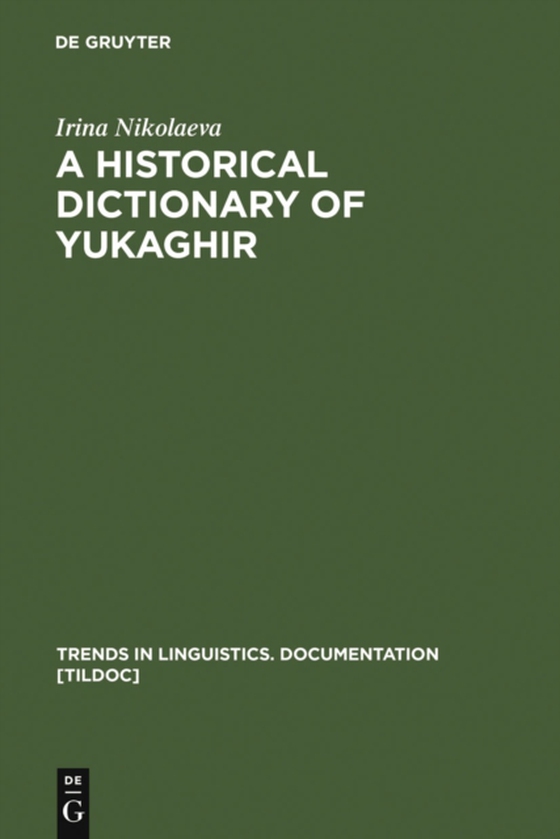
Historical Dictionary of Yukaghir e-bog
2190,77 DKK
(inkl. moms 2738,46 DKK)
The Historical Dictionary of Yukaghir has two main purposes. First, it is intended as a relatively complete source of information on the lexicon of Yukaghir. Tundra and Kolyma Yukaghir are closely related, highly endangered languages spoken in the extreme North-East of Siberia. No modern comprehensive lexicographic description of these languages is available for the international linguistic...
E-bog
2190,77 DKK
Forlag
De Gruyter Mouton
Udgivet
22 december 2011
Længde
513 sider
Genrer
Historical and comparative linguistics
Sprog
English
Format
pdf
Beskyttelse
LCP
ISBN
9783110892840
The Historical Dictionary of Yukaghir has two main purposes. First, it is intended as a relatively complete source of information on the lexicon of Yukaghir. Tundra and Kolyma Yukaghir are closely related, highly endangered languages spoken in the extreme North-East of Siberia. No modern comprehensive lexicographic description of these languages is available for the international linguistic community. The dictionary presents all known varieties of Yukaghir in comparative format. Some of the materials included come from published sources, others were obtained by the author through fieldwork and are published for the first time. The dictionary also contains examples of now extinct early forms of Yukaghir, which began to be recorded in the late 17th century. Second, the dictionary provides a first reconstruction of the common ancestor of all known Yukaghir varieties. The proto-Yukaghir stems are established based on internal reconstruction, comparison between various Yukaghir idioms, and external data. Although the dictionary does not attempt to provide etymologies for all Yukaghir words, it includes possible cognates of some Yukaghir stems from other languages, mainly Uralic and Altaic. Since Yukaghir forms are not only cited in their modern shape but are reconstructed, the dictionary will provide a foundation for future etymological work and contribute to investigating the genetic affiliation of Yukaghir, usually classified as isolated. The book will also be useful for linguists interested in the distant genetic relations between language families and the reconstruction of the ethnic and linguistic situation in prehistoric northern Asia.
 Dansk
Dansk

